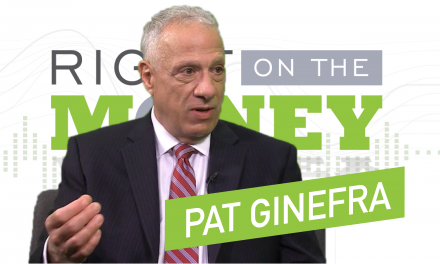How Does Social Security Fit into Your Retirement Plan and How Do I Leverage My Working Years to Maximize My Payments?
The life expectancy in the US continues to rise, where it now stands at 78 years old. As our life expectancy continues to increase, there is an increasing need to extend retirement income for as long as we can. Part of that may include working longer, taking your Social Security benefits later, or possibly taking the benefits at your normal retirement age, continuing to work, and placing those Social Security payments in investments, such as an annuity, where the money will grow a little bit more before you begin using that money for personal income to supplement your retirement.
One of the key components to the retirement plans of individuals today is Social Security. In fact, 30% of the population relies on Social Security alone just to pay for the bare necessities required to live during their senior years, which is a very unfortunate reality.
In addition to this, we are living longer than we ever have on average. The current life expectancy in the US is 78 years old. Americans are increasingly taking their health more seriously, and coupled with advancements in medical research and treatments, this number is expected to continue to increase.
As our life expectancy continues to rise, there is an increasing need for our retirement age income to stretch further.
In this segment, retirement expert Harvey Garza discusses ways in which we can implement strategies designed specifically around the Social Security portion of our retirement portfolio in order to maximize Social Security payments in our retirement years.
One of these ideas revolves around the idea that, since we are living longer, we should also consider that perhaps we should also be working longer as well. The longer that we wait to begin taking Social Security payments, the more the payments are when we do begin taking payments. If we can continue to work past age 65 and put off taking Social Security payments until age 70, this is one way of maximizing the amount of money that you’ll receive in your Social Security payments.
Another strategy involves taking your Social Security payments at your normal retirement age, or maybe a couple of years earlier, while continuing to work so that you’re drawing an income, and placing your Social Security payments in an investment product that will accumulate interest, such as an annuity, without the risk of losing your principal. In this strategy, you are then leveraging market gains to help your Social Security payments grow before you actually begin using the money to help supplement your retirement income.
Syndicated financial columnist Steve Savant interviews retirement specialist Harvey Garza on Tax Favored Investing. Right on the Money is a weekly one-hour online broadcast for TV and radio distribution. The show contains five ten-minute segments that are redistributed online as individual video press releases.





